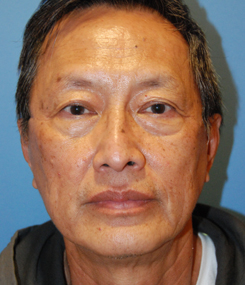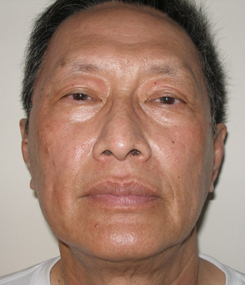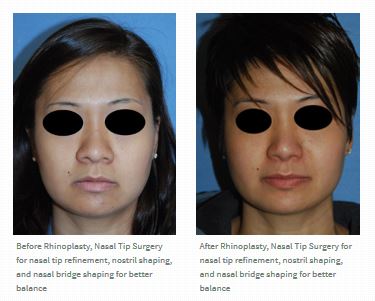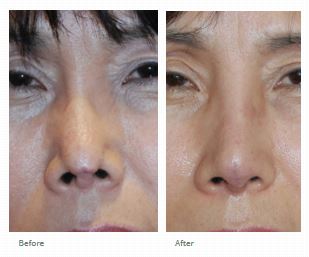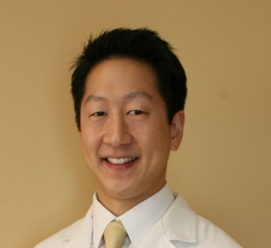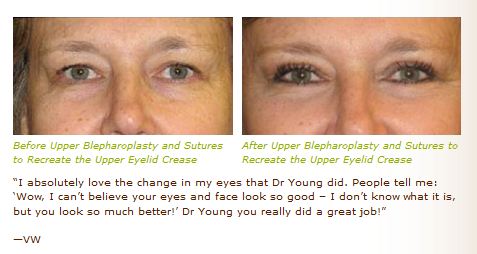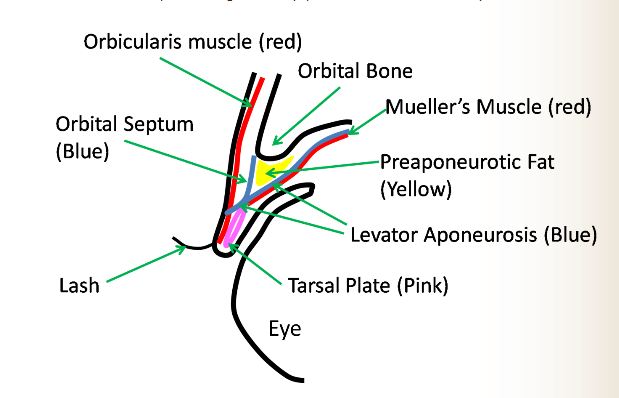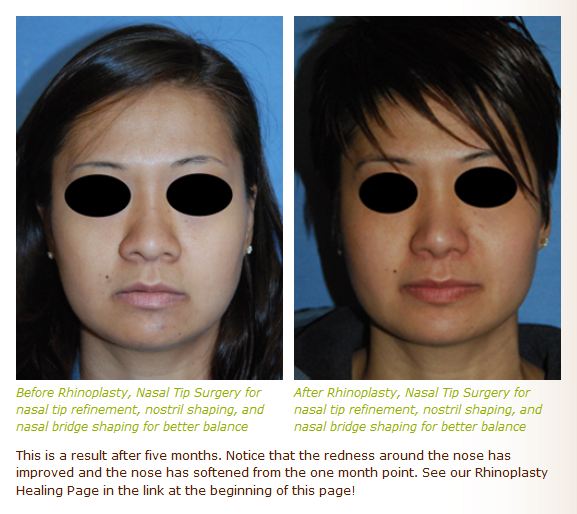Asian Blepharoplasty & Creating the Double Eyelid Crease in Plastic Surgery: A Personal Account of someones’ Story
I had an Asian Patient from Idaho come to me and our Plastic Surgery Clinic for an asian blepharoplasty double eyelid procedure. She had 4 Asian Blepharoplasties / Double Eyelid Crease Forming Procedures prior to coming to see me to create a crease in her eyelid. She went to a surgeon that she was referred to by a close family friend. Her first surgery created asymmetric eyelid creases so that one person’s higher than the other . So she went in and did it again and this time it was better but she came out with quite a bit of scarring. The surgeon then did another surgery to correct the scarring. I saw her and she wanted me to correct the double eyelid crease. She felt like she wanted to remove skin. She also said that that she had loose skin in the crease and that it was not particularly tight. Her thought was that she could just remove skin to improve the wrinkling.
She went on to tell me that she felt that being in America, especially in a part of America that’s not as diverse, she felt more “Asian” than typical. She felt that she stood out a little bit more among the rest of the people. So she wanted to change her most distinguishing asian features which were her “Chinese Eyes”. Comments like “Chinese, Japanese, dirty knees, look at these” were strange and hurtful. She even brought up a period where Abercrombie and Fitch sold shirts that said:”Wong Brothers Laundry Service — Two Wongs Can Make It White”, “Rick Shaw’s Hoagies and Grinders…Order by the foot. Good meat. Quick feet.” Read more here: Racist t shirts by Abercrombie and Fitch.
I know how she felt. Back in the day that I grew up even in Seattle, being asian was definitely different. Comments from teachers and students racially flavored has an effect on how you feel about yourself. When you are white in a white dominated population, the way you look doesn’t come into the discussion as much. If you have some physical element that stands out that can be something that you could be made fun of and it might or might not be as divisive as race, for example in the situation where someone has bigger ears or bigger nose. But I guess we all have some challenges to overcome and being different racially just might be a minority’s challenge. But it seems like most people agree that it shouldn’t be.
After a long discussion we decided that she needed to have her crease recreated and actually no skin taken out. So our plan was to recreate the crease. We spend about and hour to figure out exactly where her points were in her eyelid that she wanted to have the crease set. In the surgery, the crease and the layers in the eyelid were highly scarred. It took me quite a long time to identify the anatomy. With the eyelid open and the patient somewhat awake I was able to see the movement of the muscle that pulls up the eyelid crease in the tarsal plate that is in front of the eye. Through careful identification of the levator I was able to carry out the double crease formation. Here’s a video showing the double eyelid crease formation just to get an idea of how this procedure is done.
Follow this link to our main Asian Plastic Surgery Page.
Thanks,
Dr Philip Young and our Team at Aesthetic Facial Body Plastic Surgery
